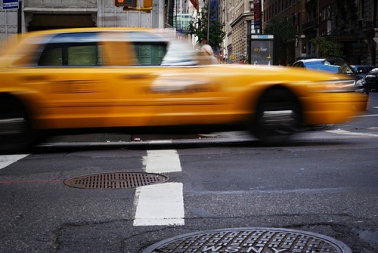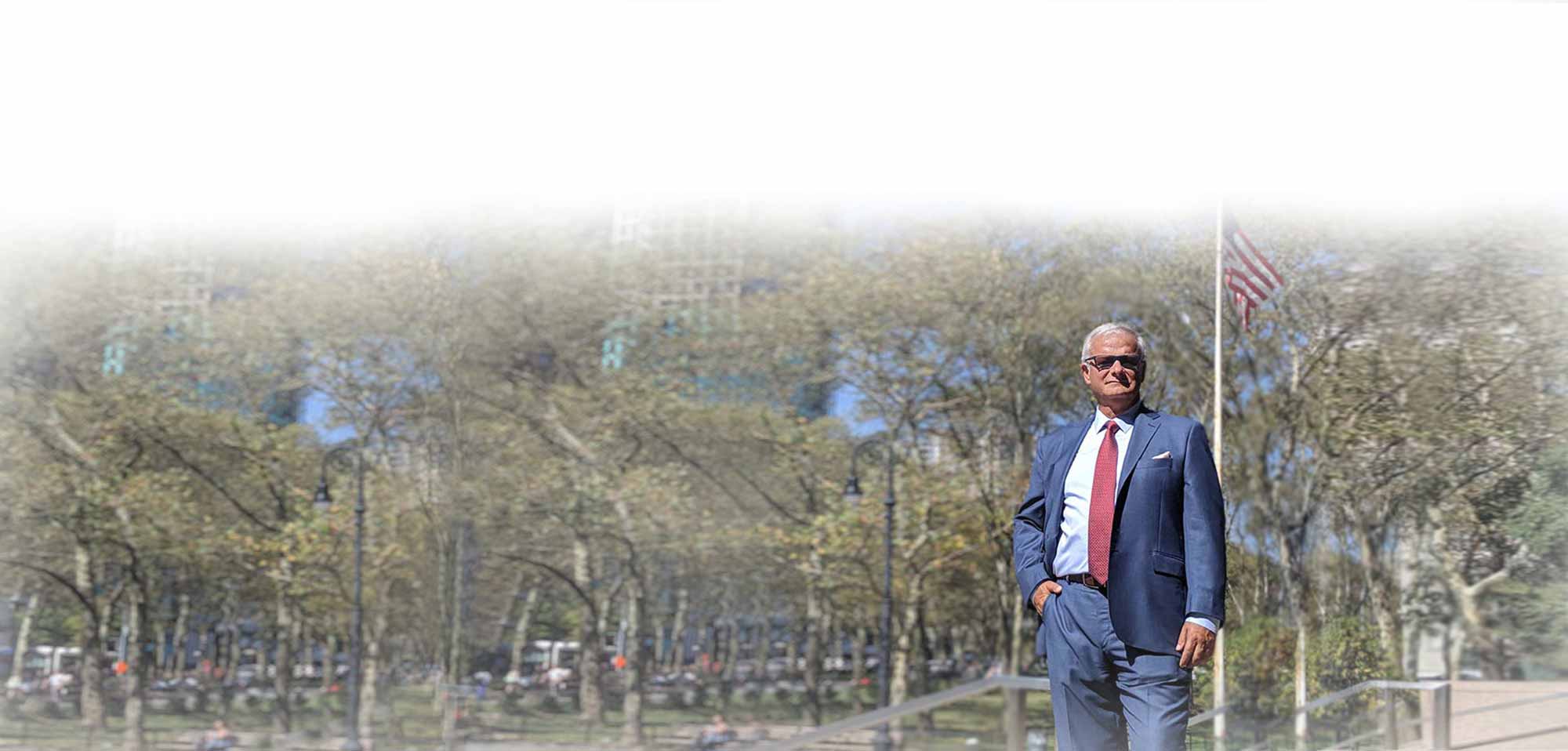
Every New York City resident knows that on streets crowded daily with so many people, bicycles, cars, cabs, and motorcycles safety is an issue. Dozens of accidents and injuries happen on a daily basis in our city — but there is a movement to bring those numbers down to zero.
Mayor Bill de Blasio has developed a plan to eliminate traffic deaths by 2024: Vision Zero. Recently, some changes to traffic laws in the city were approved by city council as a part of the package of bills that are a part of the plan.
Among the changed rules are tighter restrictions on cab drivers, heftier penalties for hitting a bicyclist or pedestrian who has the right of way, and stricter guidelines for motorcycle riding.
The council speaker said “these policies will make our streets safer for pedestrians, bicyclists, and motorists alike.” Street safety is at the forefront of city improvement after a significant amount of grisly traffic deaths early this year.
One of the deaths was that of a 26-year-old woman, who was crossing her street and was first hit by an ambulance, which put her in the path of another car that struck and killed her. This sort of sudden, senseless, and seemingly preventable death is what Mayor Bill de Blasio has committed his administration to preventing.
In that one weekend, four people were killed in traffic accidents in New York City, outpacing the number of murders in the same time period. This statistical spike in traffic injury and fatalities is the catalyst for our mayor’s movement to end the “epidemic” of unsafe traffic practices in the city. The Vision Zero plan is modeled after a Swedish philosophy that treats all road deaths and serious injuries as preventable. This initiative has become the centerpiece of the transportation agenda.
Why is the mayor modeling after Sweden? Well, according to national law, “zero” people are allowed to die in Swedish traffic. For almost two decades, every traffic law in Sweden has been tailored to this “seemingly impossible” goal of completely eradicating traffic deaths and serious injuries from car accidents.
So far, Sweden’s efforts have not been in vain. The national fatality rate from traffic accidents is 2.7 deaths per 100,000 people and is the lowest in the world.
The country’s guiding premise is that “every inch of street space must anticipate, and accommodate human error.”
The Absolute Zero movement is a bid to reverse roadway unruliness that has essentially been a way of life in New York City for many years. In a city of more than 800 languages, nearly 14,000 taxis, and 8.4 million potential traffic rants this initiative promises to be quite a challenge.
There are surface similarities between New York and the European Sweden, such as bike lanes, pedestrian islands, and a well-developed public transportation and transit system. But, upon closer examination, it is the differences between the two places that will make it more difficult for NYC to be as traffic-savvy as Sweden.
For example, some pillars of the Swedish traffic model include the reduction of default sped limits and the expansion of automated law enforce (such as traffic cameras.) In New York, each one of these initiatives will require the approval of state lawmakers and, even though the Mayor has already gotten the ball rolling, it could take much longer to have these important measures put in place.
One of the most striking this about the Swedish policy, which the New York administration hasn’t quite caught up with, is the general dismissal of the effects of education or enforcement on pedestrian safety. The director of traffic safety at the Swedish Transport administration and godfather of the Vision Zero plan said the best way to prevent death from traffic accidents is to “design around the human as we are.”
For now, New York City is focusing more on enforcing laws and changing laws, and adding additional penalties for more specific traffic violations.
From now on, cab drivers that hit a pedestrian in NYC can be prohibited from driving a taxi ever again. Some people have expressed concern about punishing cab drivers so harshly because accidents can be caused by a number of reasons.
Regardless, this added penalty will likely make taxi cab drivers much more cautious for fear of losing their livelihood. As the drivers of the most used cars in the city, it is fair to hold cab drivers to higher standards of responsibility and safety.
As for motorcyclists, new rules will govern their behavior as riders: wheelies, doughnuts, burnouts, and revving will be outlawed. This puts a snuff on adventurous riding in the city, which may upset some but could increase overall safety.
The Vision Zero package also has a series of resolutions that call on New York state lawmakers to approve changes that the city can’t make on their own. These include turning over control of traffic enforcement cameras and greater penalties for driving on the sidewalk.
Additionally, there is talk of reducing the city speed limit from 30 m.p.h to 25 m.p.h. Law enforcement has recently turned their attention on dangerous driving, cracking down on speeding, red-light infractions, distracted driving and failing to yield.
Hopefully this movement is beneficial and does reduce traffic deaths and injuries, but accidents can’t be completely prevented. If you have been injured in an accident caused by the negligence of another driver in New York City, contact an experienced personal injury or car accident attorney as soon as possible.
Photo Credit: Pank Seelen via Compfight cc
